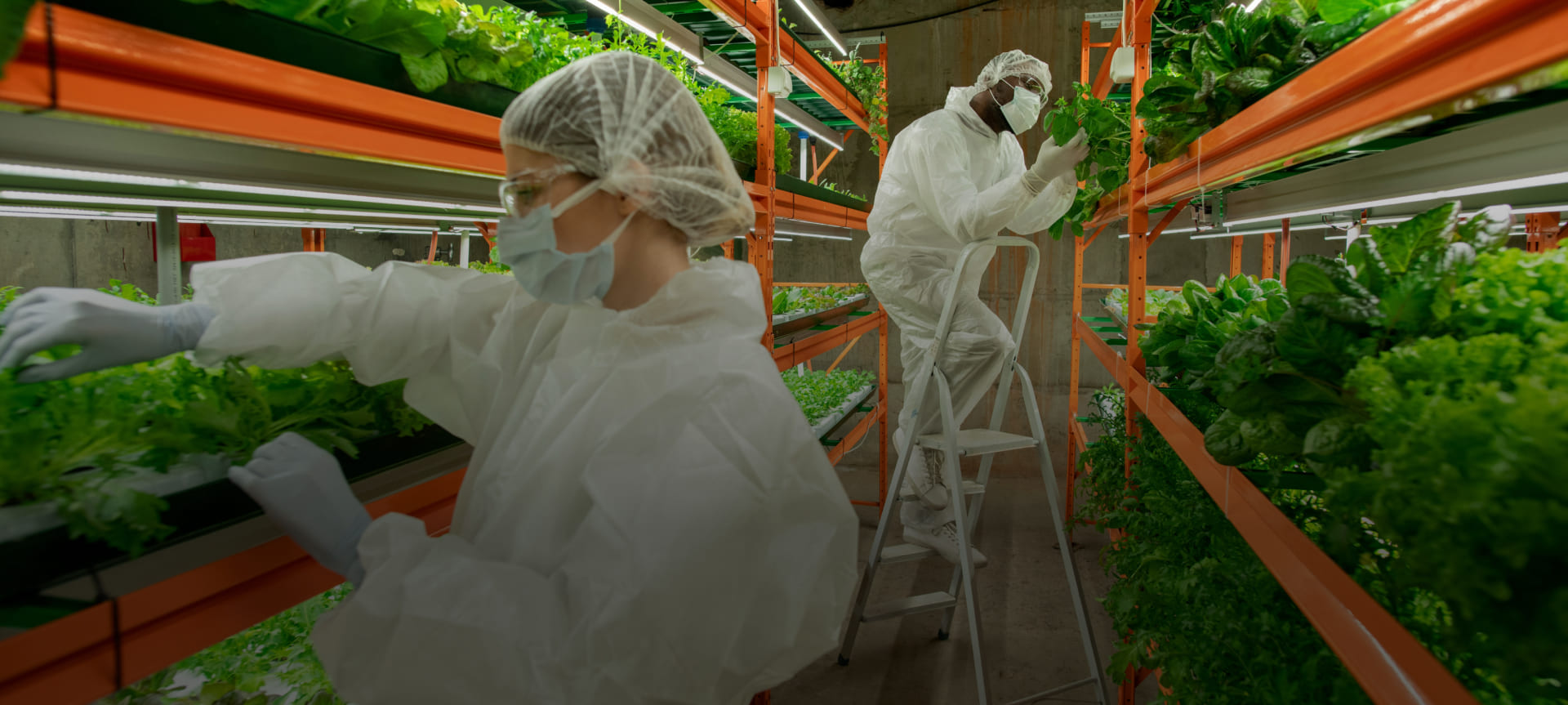Monitoring - an overview:
Monitoring is the cornerstone of an Integrated Pest Management (IPM) program. The purpose of monitoring is to gain a good understanding of insect pest, mite, and beneficial insect activity in your crop and to assess the severity of any disease and weed outbreaks. It is important to use experienced crop scouts to monitor crops, understand how the weather impacts pest pressure, and to follow relevant weather forecasts.
How to monitor/scout a crop?
Effective monitoring includes assessing the numbers of insect pests, mites and beneficials in a crop, as well as the incidence of diseases, weeds and damage by any invertebrate/vertebrate pests. Recording this information and any control actions undertaken helps to better understand crop management practices in use over time. A record of this information allows previous monitoring results to be referred to and the impact and effectiveness of control decisions to be determined. Scouting involves moving through paddocks to find pests and beneficials, measuring populations, and then using this information to make pest control decisions. The information helps a grower know if a pest control treatment is needed, where it is needed, and what options are available and practical. Scouting each area of block regularly, twice a week in warmer weather and once a week in winter provides a picture of the beneficials, insect pests, diseases, virus, and weed levels in a crop. When scouting, it is essential to cover a thorough section of a block, as pest problems can occur in patches at one end or side of a block or at the crop edge. There may also be ‘hot’ spots in different areas of a block.
For some pests, there are specific recommendations for thresholds and the number of plants to check. When scouting, it is advisable to get a random sample, using various patterns such as a zigzag or M pattern over a paddock and generally check at least three plants at a minimum of 10 random sites.
Types of monitoring tools:
A number of tools are available to assist crop scouts and growers monitor pests and beneficials, and predict pest pressure, including:
- Pheromone traps (which attract males of specific pests such as the Heliothis moth)
- Yellow sticky traps (which attract a broad spectrum of flying insects)
- Blue sticky traps (which can be used for some thrips and leafminers)
- Leaf wetness sensors
- Forecasting models
- Disease prediction models
- Insect development models
These tools will help provide information about the range and activity of pests and beneficials in your crop. Data collected from these traps can be recorded to identify flights, or periods of peak activity. This data will assist in determining the required frequency of crop scouting. Note that during peak production periods, it is important to check traps more frequently.
Traps:
Traps can be used to monitor insect pests and beneficials through the use of an attractant (lure or colour). Lures and traps are available for a range or crops and insects. Data from traps can identify flights or periods of peak activity and can be used to assist in determining the frequency of crop scouting. Ask crop consultants and scouts where to place the traps and how many to use. Sticky ribbon traps can be used in greenhouses in conjunction with beneficials to manage insect pests.
Leaf wetness sensors:
Sensors can be used for disease forecasting and modelling as they determine the presence and duration of leaf wetness. There is a greater risk of many diseases infecting crops during prolonged periods of leaf wetness.
Forecasting models:
Forecasting models – for example the disease predictive models DownCast and BremCast for Downy Mildew; the disease risk predictive model Brassicaspot™ for White Blister; the DBM Development Calculator for Diamondback Moth – help in determining the likelihood of infection or emergence, once suitable conditions are met. These models can be useful to either trigger a control action or indicate the importance of increased scouting and vigilance over the next few days of a crop’s production cycle.
Where to get monitoring tools?
Sticky and pheromone traps:
- Biological Services
- Bugs for Bugs
- Entosol (Australia)
- Rural supply stores

